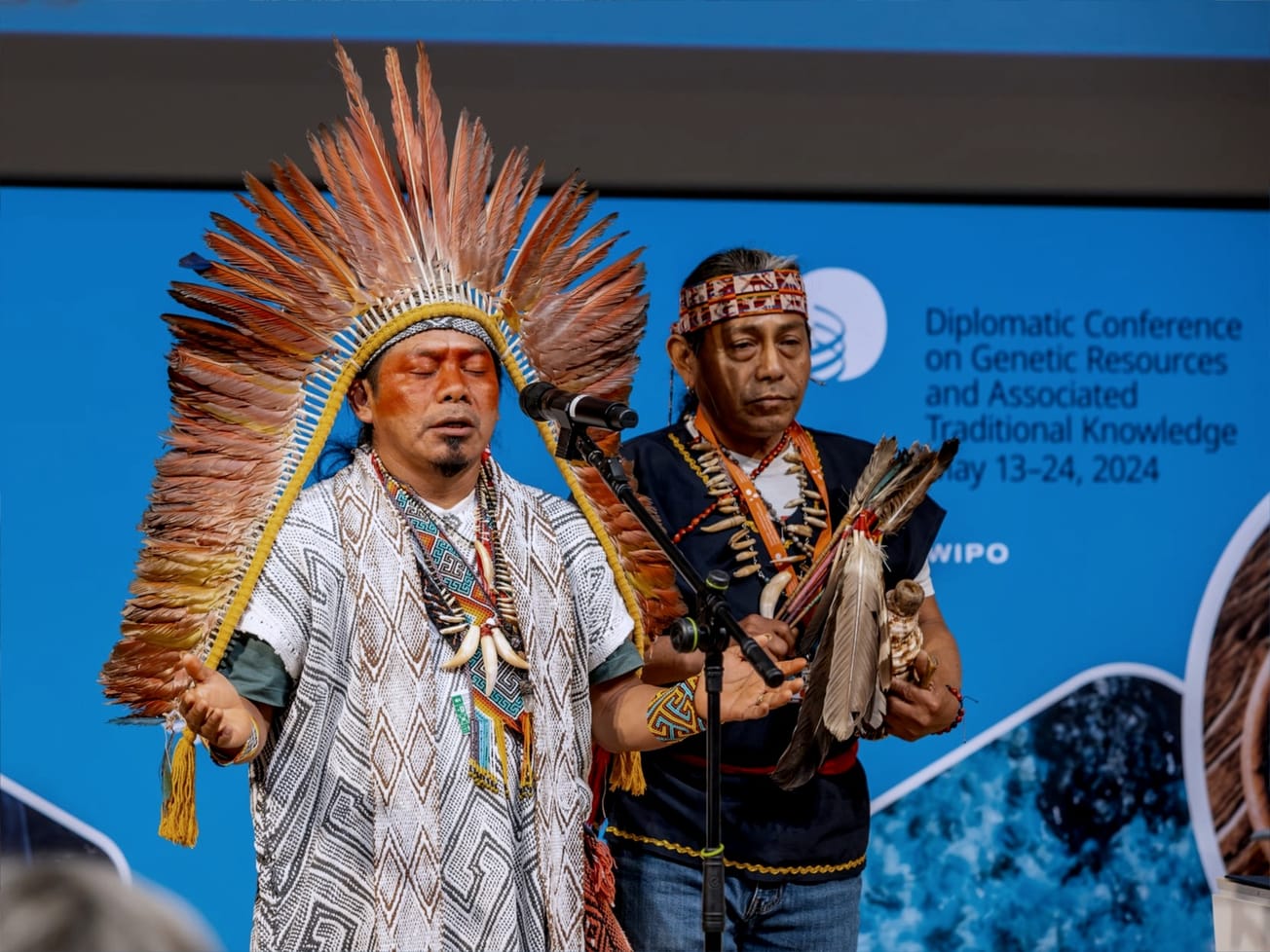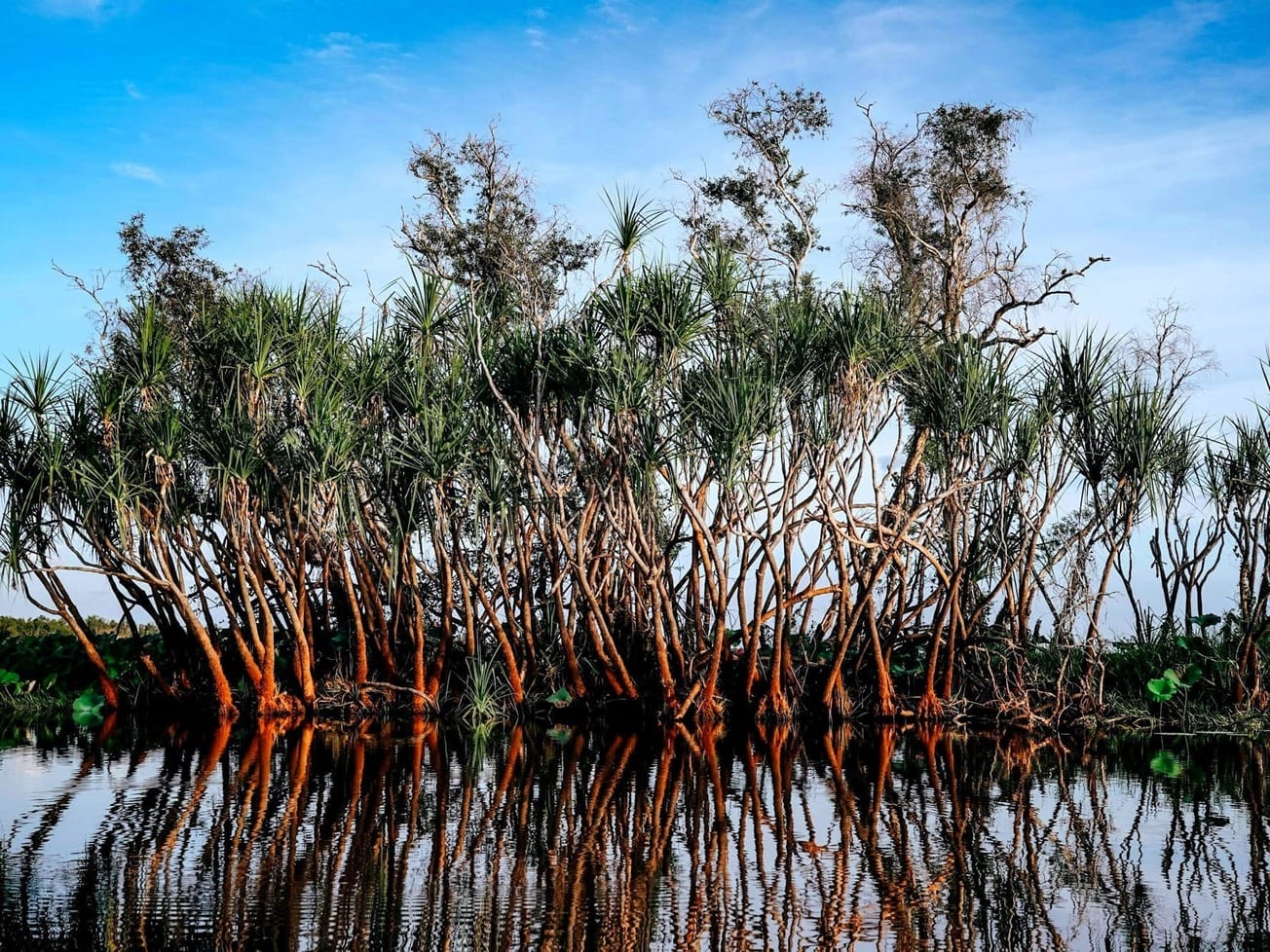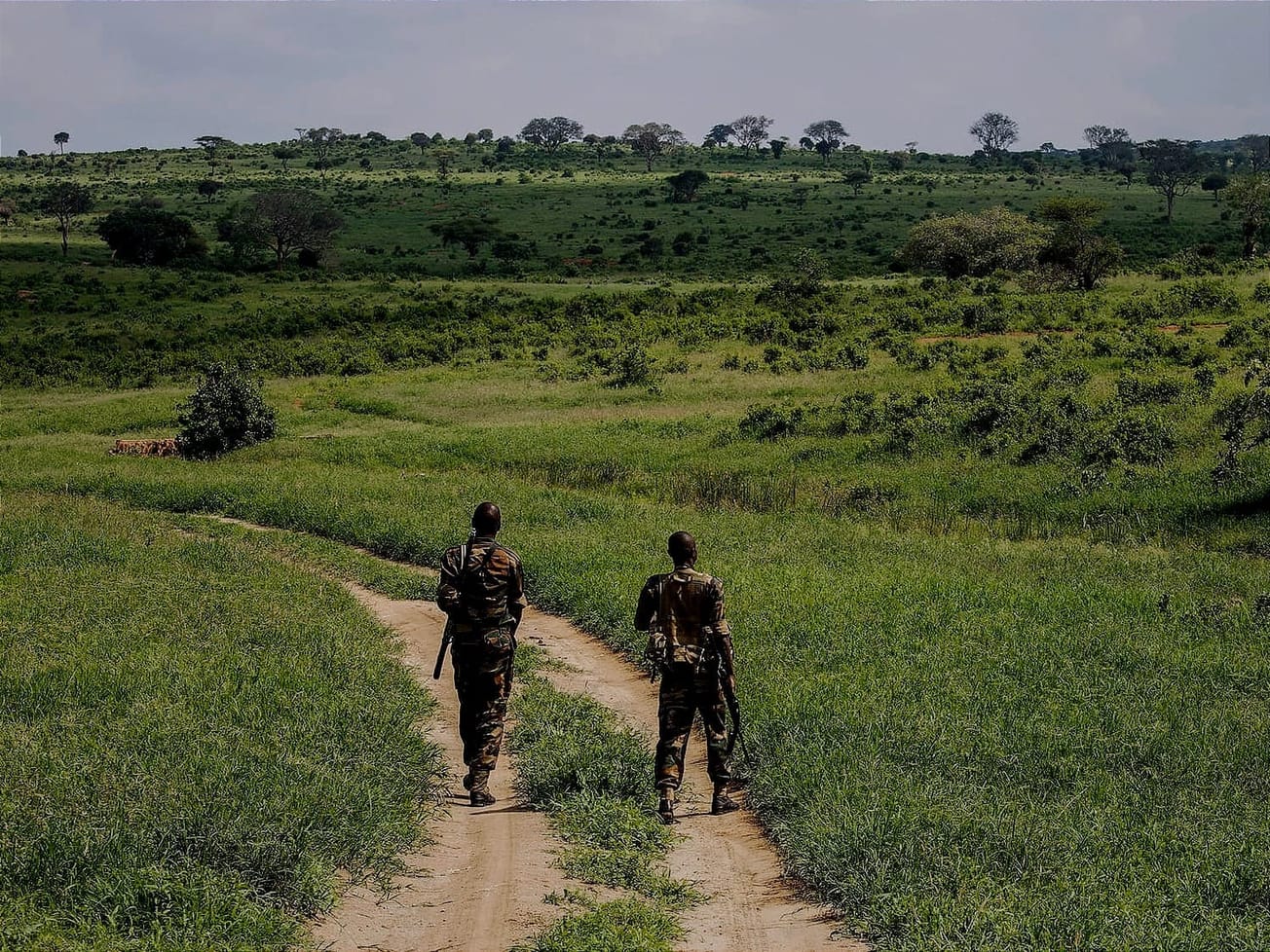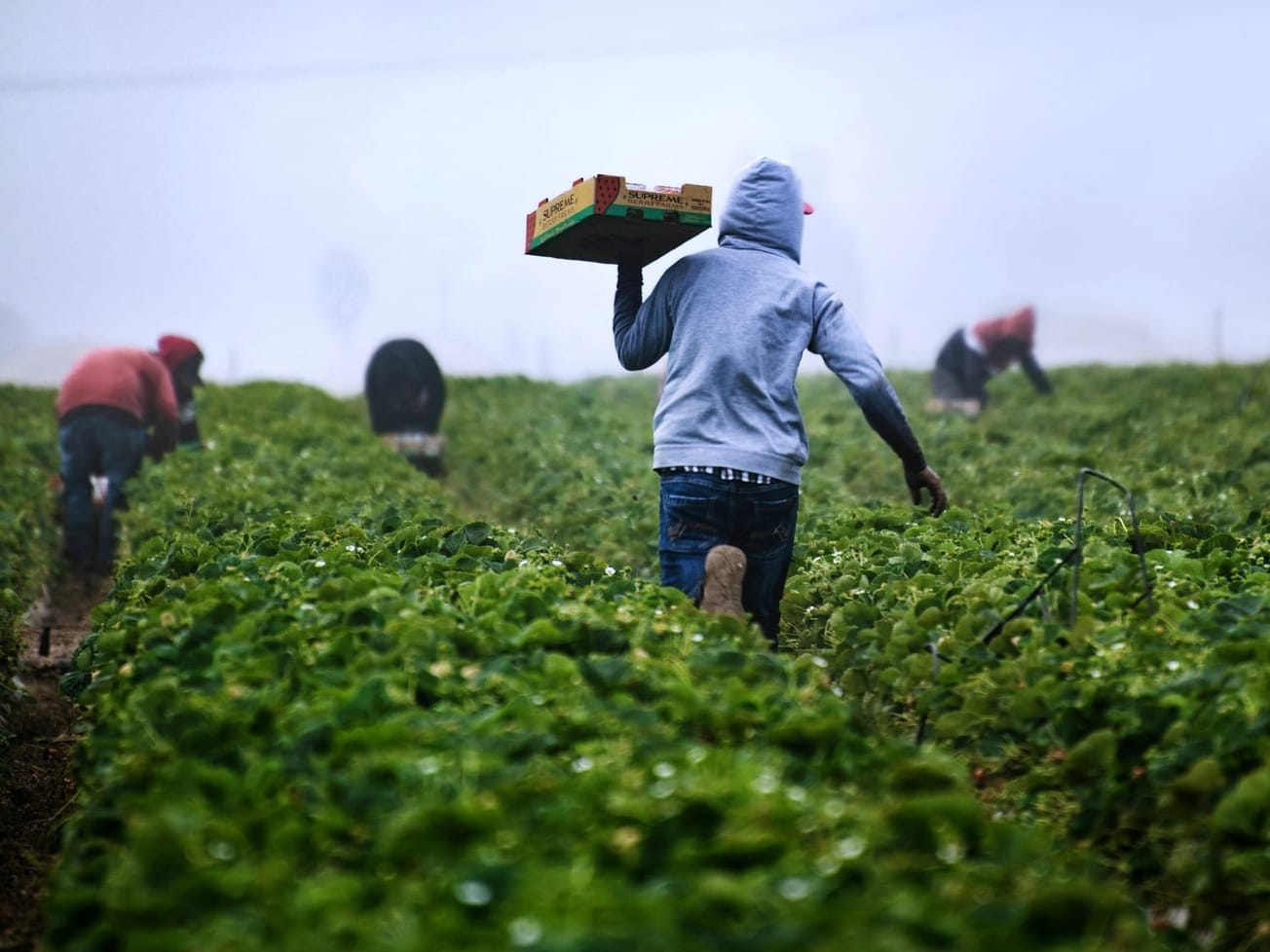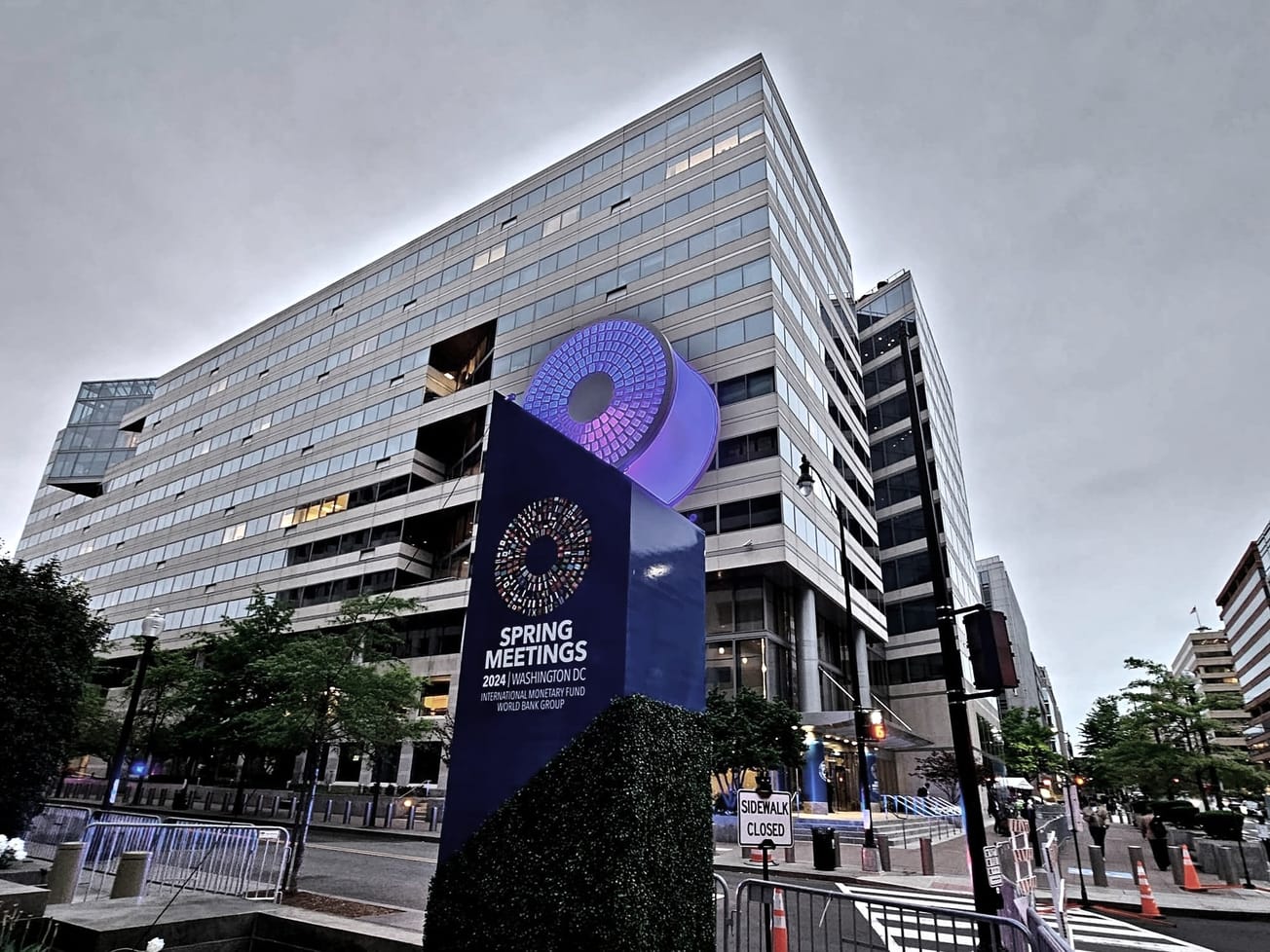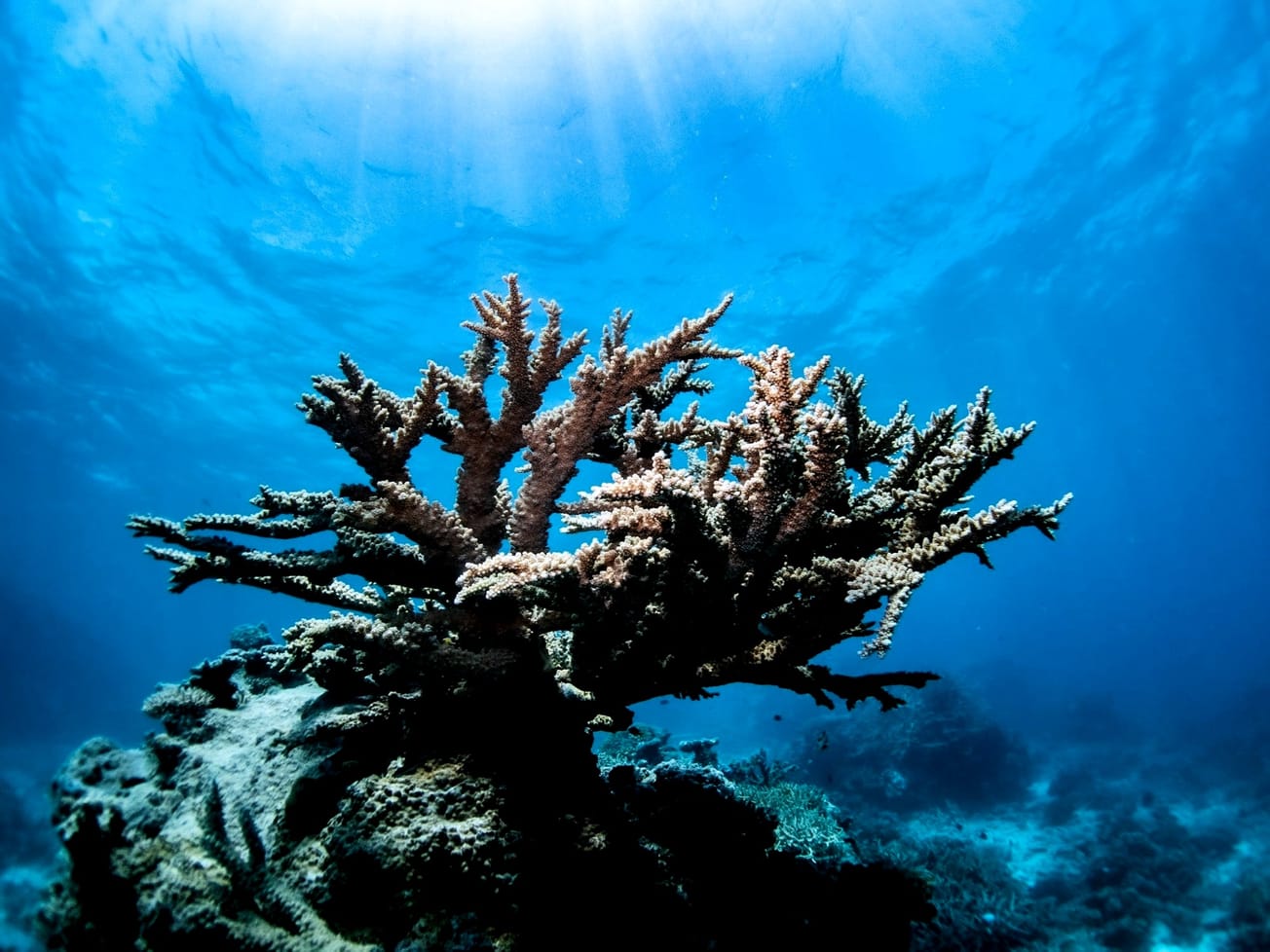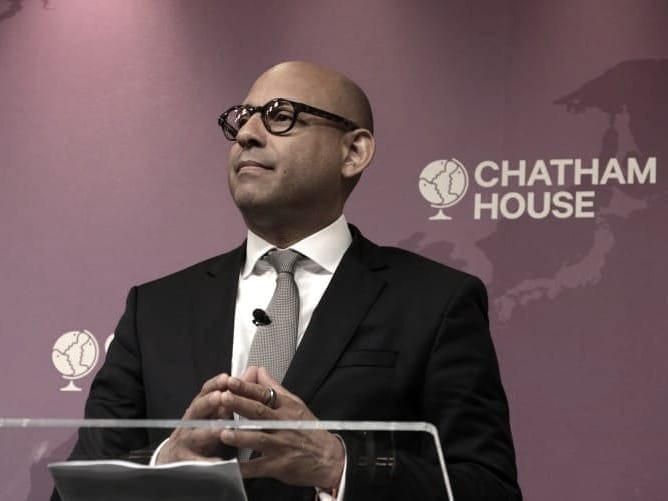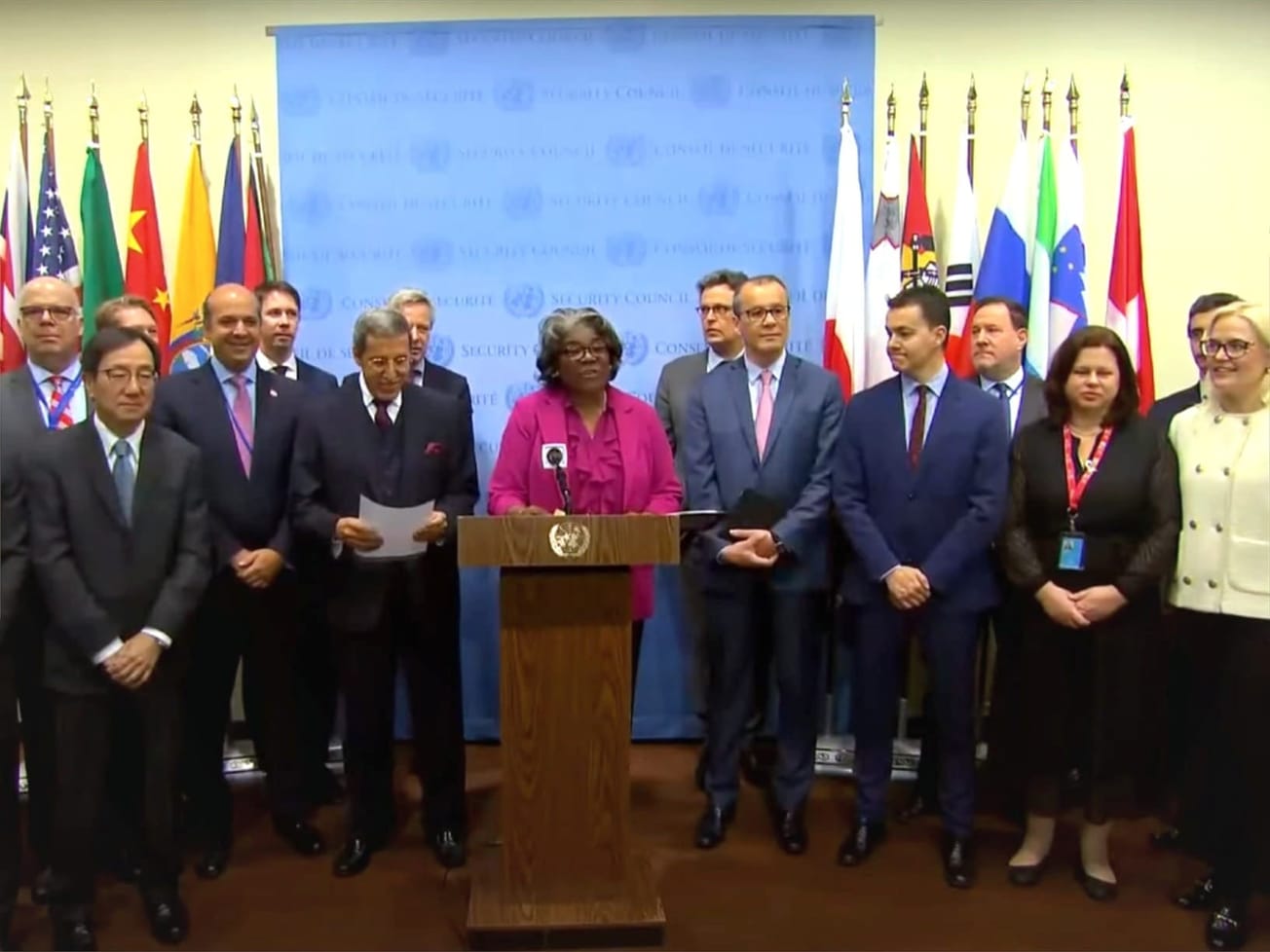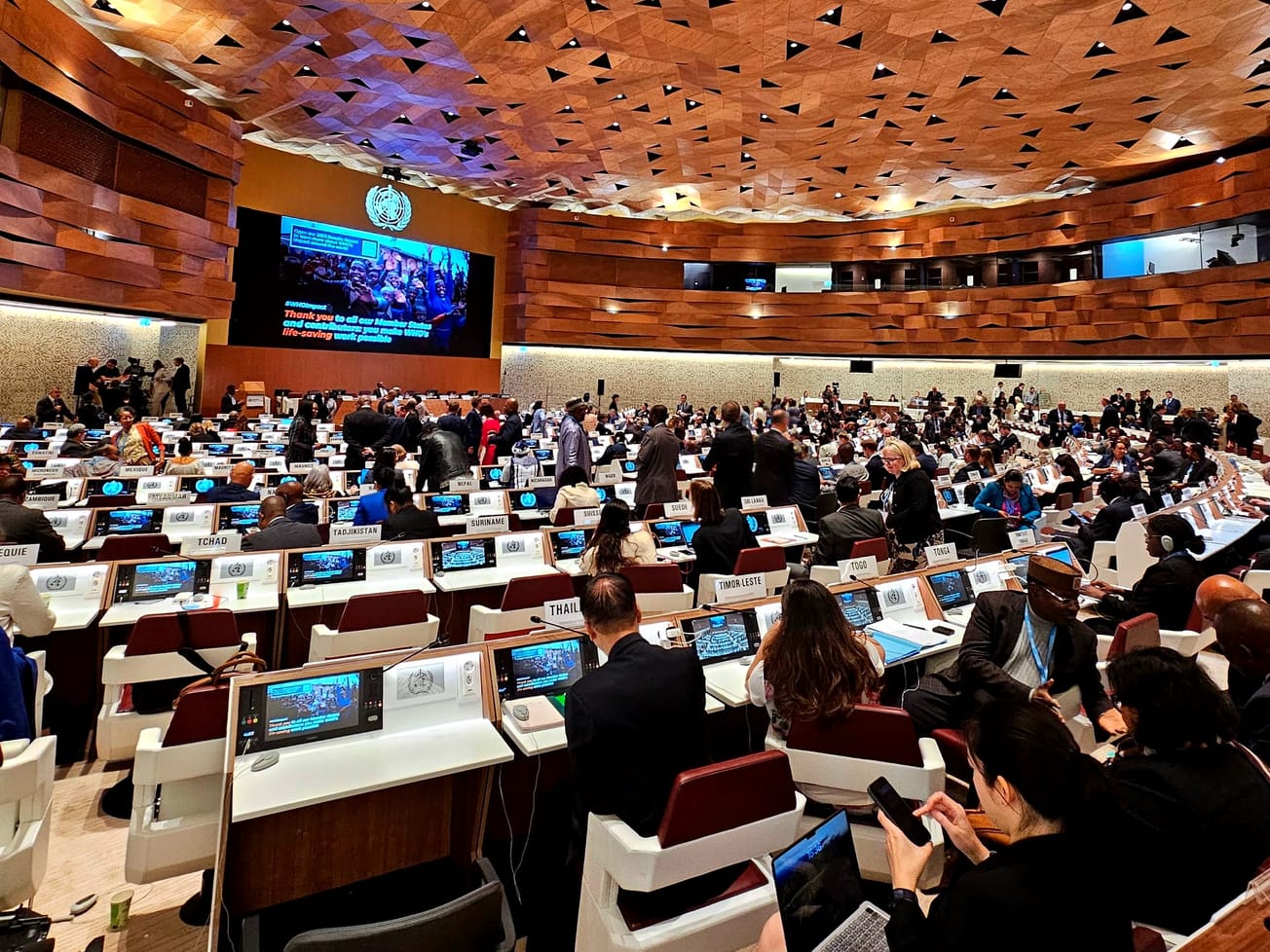
World Health Assembly opens with push on health rules and pandemic
The U.N. health chief called the pandemic treaty 'a once-in-a-generation opportunity' to improve global health systems.
Global issues are complex challenges that require international cooperation, from mitigating climate change to addressing global poverty and geopolitical conflicts. Of the U.N.'s 169 targets for sustainable development, only 35% are on track or making moderate progress toward their 2030 deadline.

Already have an account? Log in
The U.N. health chief called the pandemic treaty 'a once-in-a-generation opportunity' to improve global health systems.
The treaty is the first on genetic resources and traditional knowledge of Indigenous peoples and local communities.
The vote reflects the alarming number of attacks and threats that aid workers face each year around the world.
Most research has focused on wealthier countries that have relatively low disease rates and access to quality heath care.
Mangrove ecosystems harbor fish and wildlife, protect against sea level rise, tides and storm surges, and store carbon.
About 3,250 of the illegally traded species are listed as endangered plants and animals in the CITES global treaty.
Migrants are sending home a record amount of money, boosting the economies of the countries they left behind.
Reporters Without Borders warned that governments' support for press freedom around the world has been shrinking.
The number of people facing high levels of acute food insecurity has increased every year since 2019.
The wars in Europe and the Middle East, climate change, and soaring national debts hung over the annual talks.
Climate scientists have warned for decades about bleaching of coral reefs, which are nurseries for commercial fisheries.
This year and next mark the countdown to a 2025 deadline for governments to strengthen their carbon-cutting plans.
A new U.N. report shows how prioritizing debt over services like health care and education plagues the developing world.
Negotiators and officials aim to wrap up so that May's 77th World Health Assembly can consider a proposed text.
IUGS rejected declaring that we live in a new epoch defined by far-reaching human impacts on the planet since the 1950s.
The resolution, backed by the U.S. and China, reflect fears AI will severely disrupt business, infrastructure and governance.
